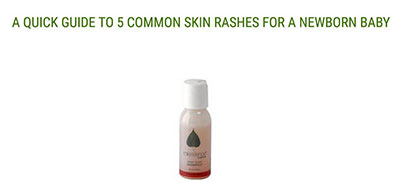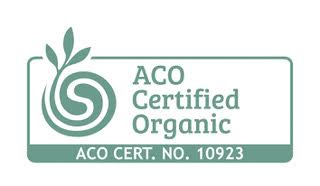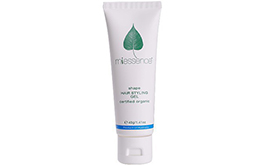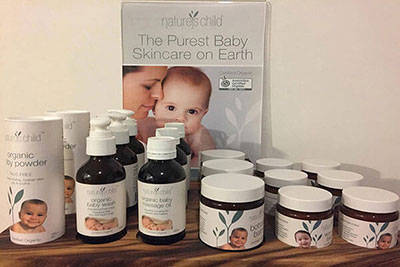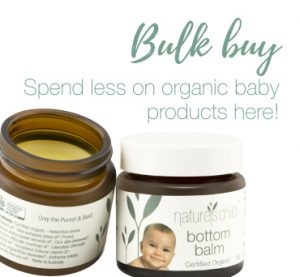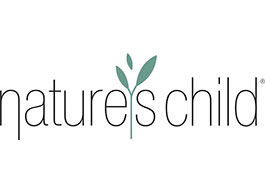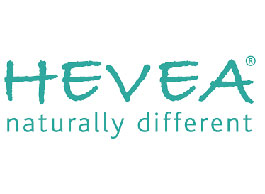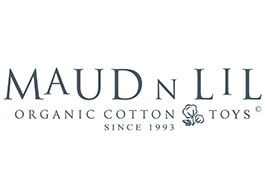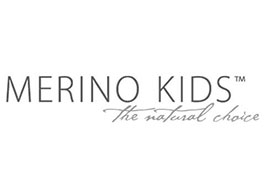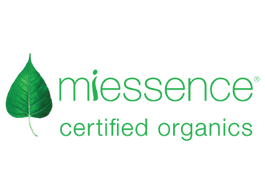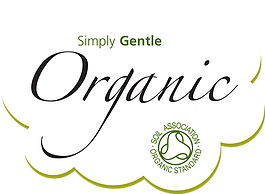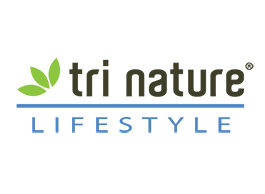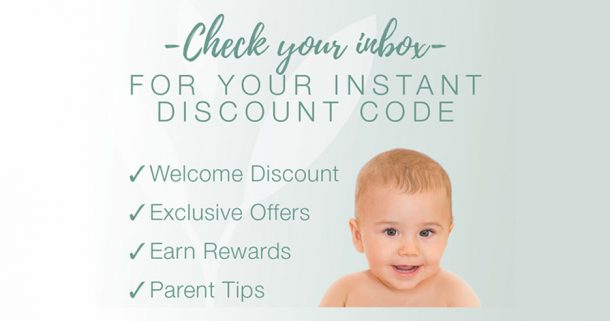Mothering, Mindfulness and a Baby’s Bottom
An introduction to Elimination Communication
Published in The Mother magazine, UK issue number 3, autumn 2002 (www.themothermagazine.co.uk)
Elimination Communication (EC)- also known as Infant Potty Training (IPT), Elimination Timing (ET), Going Diaperless and Natural Infant Hygeine- is how most babies are brought up around the world. This ‘method’, which is so integral and so obvious in most cultures that it needs no name, involves the mother and baby becoming attuned and communicative so that the mother knows when the baby needs to eliminate- wee or poo.
I first heard the phrase Elimination Communication when my fourth baby Maia Rose was 3 months old, and a friend pointed me towards the EC website- see below. I was very excited about it, and the timing was perfect, as I had read in a letter to Mothering magazine a few years earlier, that African women cue their babies to wee and poo with a ‘psss’ sound, and I had begun to do this with Maia from birth. This practice made sense to me because it felt closer to our genetic imprint, and I was drawn to the idea of a deeper physical and psychic connection with my baby. The first time I tried it, I held Maia (aged 3 months) over the laundry tub, and made the pss noise. To my delight, she weed straight away, and we have been doing it ever since.
It has been more fun and more rewarding for our family than I could have imagined. It has given us more skin-to-skin contact, less washing, no nappy rash, and, best of all for me, a deeper respect for Maia’s abilities and knowledge of her body, and a finer attunement to her rhythms. As well as these advantages, there is obviously less waste and a better time for Mother Earth. And it’s fun! Having had three babies in nappies, I have been constantly delighted at Maia’s ability to communicate her needs–and to keep telling me until I get it.
Elimination Communication (EC) as I call it, also makes a beautiful contribution to my experience of mindfulness in my mothering. Like breastfeeding, it keeps me close to my baby, physically and psychologically, and provides very immediate feedback when I am not tuned in.
As a GP (family MD) the physiology is interesting to me, and is totally counter to what I was taught at medical school, where it is asserted that babies do not have sphincter control until close to the second birthday. Obviously the paediatricians didn’t consult the global majority of mothers and babies, for whom knowing their baby’s elimination needs is as simple as knowing their own.
From the start, I’ve had a lot of support from Emma (11), Zoe (8) and Jacob (6), who tell me how much they disliked sitting in wet or soiled nappies as babies. Some believe that we set up our society for sexual problems by encouraging our babies to dissociate, or switch off from their genital areas because of the unpleasant sensation of wearing what some have called a “walking toilet.” My partner Nicholas wondered about the extra effort that I went to in the first year, but has been very happy to reap the benefits of a nappy-free toddler.
Reflecting on my experiences with babies in and out of nappies, I’ve come to the conclusion that probably ALL babies signal their elimination needs from an early age, but because we’re not listening out for it, we misinterpret it as tiredness, needing to feed, or just crankiness, especially if our baby is in a nappy and we don’t observe the connection with eliminating. In the first few months, I learnt Maia’s signals by carrying her around without nappies or pants and observing her closely. (This was fairly easy, as she was very much ‘in arms’ for her first six months.) I discovered that she would squirm and become unsettled, sometimes with a bit of crying, especially if it took me a while to “get it.”
At other times, it was more psychic, and I found myself heading for the laundry tub, where we usually eliminated, without really thinking. When I was distracted, or delayed acting on my hunch, I usually got peed on. (However, she very seldom peed on me when I carried her in a sling) Her signal for poo was usually few farts, or sometimes she’d even pull off the breast as a means of signalling that she needed to go. She didn’t want to sit in her own poo!
Learning Maia’s daily pattern was also useful. She usually pooed first thing in the morning, and, as a baby, tended to pee frequently (about every 10 minutes) in the first few hours after arising. (My husband found this really tricky when he was ‘on duty’ in the morning.) I noticed that she would also pee about 10 minutes after breastfeeding or drinking. She still almost always pees on awaking; I think it is the need to eliminate that actually wakens her.
In her first year, we used the laundry tub by preference. I’d hold her upright by her thighs, with her back resting on my belly. A small sandpit-type bucket with a conveniently concave lip was useful from the early days; I’d hold it between my thighs, sitting, and hold Maia above it. The blue bucket- now a family icon- has been very well travelled, and also came into its own at night later on- see below. As she got older and heavier, I found that sitting her on the toilet in front of me worked well- sometimes we’d have a ‘double wee’, which was always successful if nothing else worked! Along with the position, I cued her with my “psss” noise, and sometimes at the tub, when I thought she had a need but was slow to start, I’d turn on the tap as well.
After 3 months or so of doing this, I became more sure of my interpretation and I would sometimes gently persist, even where she was initially reluctant, and usually she’d go in half a minute or so. However, for me, it’s a fine line, and I think it’s vital to have cooperation, and not a battle of wills, which can sometimes develop around “toileting.” It’s more a dance of togetherness that develops, as with breastfeeding, from love and respect for each other.
On a practical level, I used nappies (I love those Weenies pilchers!) when we were out and about, and weed her as much as I could, but I didn’t expect to be perfect in these, or any, circumstances. We used toilets or took the bucket (or another plastic container with a tight lid) in the car. When we missed a pee, my reaction was just, “Oh well, missed that one.” On hot days, I just lay a nappy on the car seat. If it wasn’t convenient to stop, I’d say to her, “Oh, Maia, you’ll have to pee in the nappy, and I’ll change it as soon as we stop.” Maia didn’t like to be disturbed at night in the early months, so I’d lie her on a bunny rug and just let her wee. I changed this whenever I woke up. Or I’d wrap a cloth nappy loosely around her bum and change it when wet. I found that, as with naps, she usually weed on awaking and then nursed.
Around 6 to 7 months, Maia went ‘on strike’, coinciding with teething and beginning to crawl. She stopped signalling clearly and at times actively resisted being “weed.” I took it gently, offering opportunities to eliminate when it felt right and not getting upset when, after refusing to go in the laundry tub, she went on the floor. Even on “bad days,” though, we still had most poos in a bowl, bucket or the toilet.
At nearly 10 months, we were back on track. I noticed that as she became more independent and engrossed in her activity, she was not keen to be removed to eliminate, so I started to bring a receptacle to her. She preferred a bowl or bucket on my lap, and later we began to use a potty: I initially held her while she used it. At night time, I started sitting her on the blue bucket (and on the breast at the same time, tricky to lie down afterwards and not spill the bucket!). When I was less alert, she weed on a nappy between her legs and/or the bunny rug underneath her.
There was a marked shift in things soon after she began walking at 12 months, and by 14 months, to my amazement, Maia was out of nappies completely. She now was able to communicate her needs very clearly, both verbally and non-verbally, and her ability to “hold on” was also enhanced. When she needed to eliminate, she said “wee” and/or headed for the potty–we had several around the house. Nicholas, her dad, was so delighted when she first did this that he clapped her, and so she would stand up and applaud herself afterwards. She began to be very interested in the fate of her body products, and joined me as we tipped it onto the garden or into the toilet. (Now she wants to empty the potty herself) She even began to get a cloth and wipe up after herself!
With this change, I stopped using nappies altogether, and switched to trainer pants–the Bright Bots (Target, Australia) are great, and come in small sizes-for going out. Dresses are great too, for outings with bare-bottomed girls in our warm summer months. Now, at 19 months, Maia is totally autonomous in her day-time elimination. She tells us her needs (with lots of warning) and/or goes to the potty herself. Although I take a change of pants when we go out, it is very rare to need them- compared to my other children she is about the 2 ½ to 3 year old stage with her toiletting.
Nightimes continue to be busy for us, with lots of feeding and weeing, but, unless she is unwell, or I am very tired, we have very few “misses”, and sitting up at night to wee her seems to me a small effort in return for the benefits we currently reap. It seems, from other stories, that many EC babies stop weeing at night even in the first year, or have a predictable pattern (eg not weeing after midnight), and no doubt Maia will do this in the next year or so.
As a mindful mother, it interests me is that EC babies learn to release before they learn to hold on. This makes it EC very convenient because, when cooperative, a baby can empty even a small amount of wee from the bladder. (This means, for example, that when I wee Maia in the garden before starting a car trip, I know that there will then be minimal chance of Maia needing to wee for at least half an hour or so.) In contrast, conventional toilet training is built around the child’s ability to ‘hold on’ to their wee and poo, until they can release it in a socially acceptable place. I wonder, then, about the mind-body implications of this subtle but important difference. Aren’t we a society where we tend to “hold on” to our “stuff,” often needing the help of others (eg therapists) to encourage us to “let it out.”
One of my friends, a bodyworker, commented on Maia’s relaxed mouth, and this made me wonder if the process might relax the whole digestive tract. I can also feel in my mothering the beauty of supporting her healthy eliminative functions, which many of us feel shameful about and would prefer to deny–hence nappies, which hide the eliminating act itself.
Furthermore, the ‘toilet training stage’ is, in Erikson’s psychological stages, centred on the issue of ‘autonomy vs shame and doubt’, and it seems to me that Maia has mastered these issues already- she is incredibly autonomous- not to say bossy at times!!- and I wonder if this might be in part due to being an early mistress of her elimination.(She’s also a Leo, Aries rising!)
For me, the beauty of elimination communication has been in the process, not in the outcome, however remarkable or convenient. Yes, it’s great to do less than a full load of washing each day for a family of six, but much more significant is the learning that mothers and babies are connected very deeply–at a “gut level”–and that babies (and mothers) are much more capable and smart than our society credits. I feel very blessed to have had this experience.
I have experienced EC with only one baby, starting at a young age. Many women in many places have done it differently- started from birth or with an older baby, made less or more use of nappies, taken a long time or a short time to catch on, done EC part-time or full time and some women have even begun work outside the home and trained their baby’s carers in EC.
If you feel drawn to EC,I encourage you to have a go. Look on the internet- it’s all I needed to get started, as well as invaluable on-going support. There are also two great books- see below-and you can ask other Mums (including myself) and mothers from cultures such as India and China where this practice is still widespread. Although it can be more complex for older babies, some of whom may have already learned to ignore their body’s signals, others may welcome the chance to communicate their elimination needs.
I wish you ease, pleasure and mindfulness in your mothering.
RESOURCES to look up
Jana Kutarna’s “Did You Say Without Diapers?”
Scott Noelle’s article (Continuum Concept- EC with a toddler)
Johnson Family Infant Potty Training Page
Trickle Treat—Laurie Boucke (includes info about her new book)
Books & DVD
Diaper Free!: The Gentle Wisdom of Natural Infant Hygiene, by Ingrid Bauer 2001
Infant Potty Training- A Gentle and Primeval Method Adapted to Modern Living. Laurie Boucke, 2000 White-Boucke Publishing
DVD by Nicole Moore NAPPY FREE
